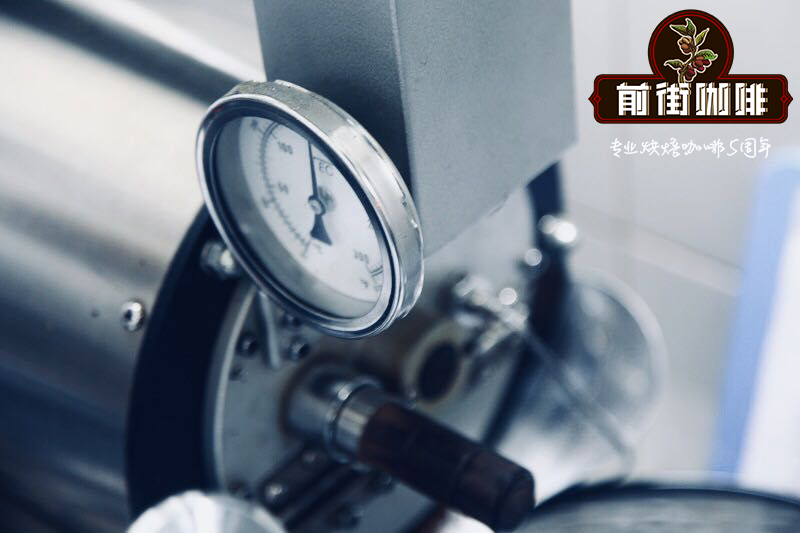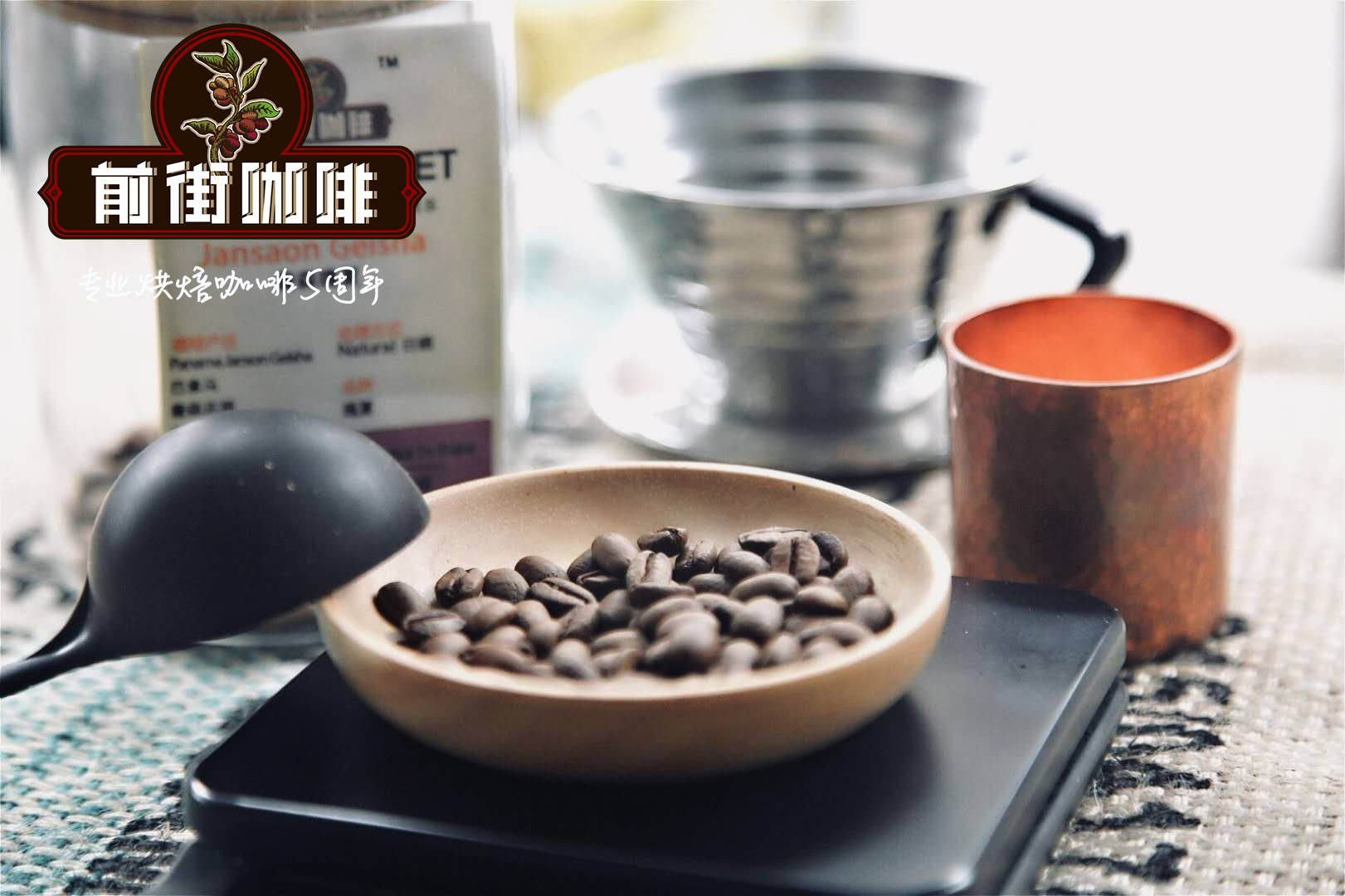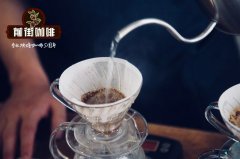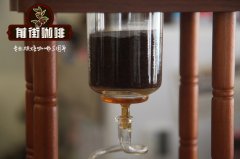What are the flavor characteristics of Honduras Skopan coffee? Detailed explanation of triple anaerobic fermentation treatment

Country of origin: Honduras
Producing area: Copan
Altitude: 1300m
Variety: Kaduai
Treatment: triple anaerobic treatment
Flavor: flower fragrance, orange
Copan
Copa á n is one of the six main coffee-growing areas in Honduras. In the northwest mountains of the country, along the border between Honduras and Guatemala, Copan's coffee is grown on farms 1000-1500 meters above sea level. Copan's annual precipitation is 1300-2300mm and the temperature is between 11.5C and 22.3C.
Copan á n's farm is sheltered by nitrogen-fixing Inga trees and a variety of fruit and hardwood trees. There are many national parks in the mountains of the area, while Copan's coffee producers keep the coffee area in harmony with the natural environment.
San Isidro is only a 15-minute drive from the town of Ruinas de Copan. The area is very dry and dusty, similar to Marcala,Intibuca and Opalaca. The farm has been handed down from generation to generation in Katia, who has been producing coffee in the traditional way and then selling it to local intermediaries in parchment. Katia spent most of her youth on the farm and devoted herself to following her parents' traditions. She studied agronomy at the prestigious San Morano Agricultural University in Honduras. In 2012, Royal Leaf Rust was prevalent in Honduras and most crops were destroyed. This prompted Katia to actively change the way she and her family think about coffee.

The first step in Katia is to better understand the specialty coffee industry. She attended various courses and became a certified barista and baker. She opened her own coffee shop and began to bake coffee from the farm. Naturally, the next step is to grow specialty coffee for export. After many discussions with her father, she was granted the land she liked to cultivate. Now, five years later, many results have been achieved in these experiments.
Katia has not only been able to produce quality coffee and develop relationships with roasters, but has also been a community leader. Her farm and community grew up together. The flagship project has been building a school and providing nutrition programs. This achievement has had a more far-reaching impact on motivating the community, suggesting that it can be a woman who leads the development of coffee in a country known for its male chauvinism.
Katya must work very hard to win the respect of farmers just because she is a woman. On her first day as a coffee producer, only two women showed up on the farm to work with her. No one else wants to work for a woman. Now, after years of struggle, Katia has formed a strong team with mutual respect as the main principle.
The triple fermentation process of this batch includes the following steps: fermentation in GrainPro bag for 12 hours after harvest, fermentation in concrete tank for 12 hours before degumming, and fermentation for 12 hours after desizing. The cup-shaped profile produced by the triple fermentation process is similar to that obtained by lactic acid processing.
Important Notice :
前街咖啡 FrontStreet Coffee has moved to new addredd:
FrontStreet Coffee Address: 315,Donghua East Road,GuangZhou
Tel:020 38364473
- Prev

Introduction to the characteristics of Colombian Candinamaca small Farmer Coffee
Country of origin: Colombian region: Cundinamarca Manor: smallholder varieties: Castillo, Iron pickup, Colombian species, Kaddura treatment: washing Flavor: Brown sugar, green apples, sugar cane, green grapes, honey Coffee has been an integral part of the economic development of the Cundiamarca sector for more than a century. Coffee in this area is not just for farmers.
- Next

What's so special about coffee treated with Essex and Shifei honey? Introduction to the treatment process of Koke cleaning Station
Country of origin: Ethiopia region: Yega Chuefei production Unit: Koke cleaning Station small Farmer donor varieties: Jiulumi, Degas, Voriso treatment: honey treatment harvest: November to March cup test: Jasmine, peach, blueberry, coconut Yirgacheffe literally translated as the land of many springs, with ideal topography, elevation and water sources, it can produce and process high quality
Related
- Detailed explanation of Jadeite planting Land in Panamanian Jadeite Manor introduction to the grading system of Jadeite competitive bidding, Red bid, Green bid and Rose Summer
- Story of Coffee planting in Brenka region of Costa Rica Stonehenge Manor anaerobic heavy honey treatment of flavor mouth
- What's on the barrel of Blue Mountain Coffee beans?
- Can American coffee also pull flowers? How to use hot American style to pull out a good-looking pattern?
- Can you make a cold extract with coffee beans? What is the right proportion for cold-extracted coffee formula?
- Indonesian PWN Gold Mandrine Coffee Origin Features Flavor How to Chong? Mandolin coffee is American.
- A brief introduction to the flavor characteristics of Brazilian yellow bourbon coffee beans
- What is the effect of different water quality on the flavor of cold-extracted coffee? What kind of water is best for brewing coffee?
- Why do you think of Rose Summer whenever you mention Panamanian coffee?
- Introduction to the characteristics of authentic blue mountain coffee bean producing areas? What is the CIB Coffee Authority in Jamaica?

